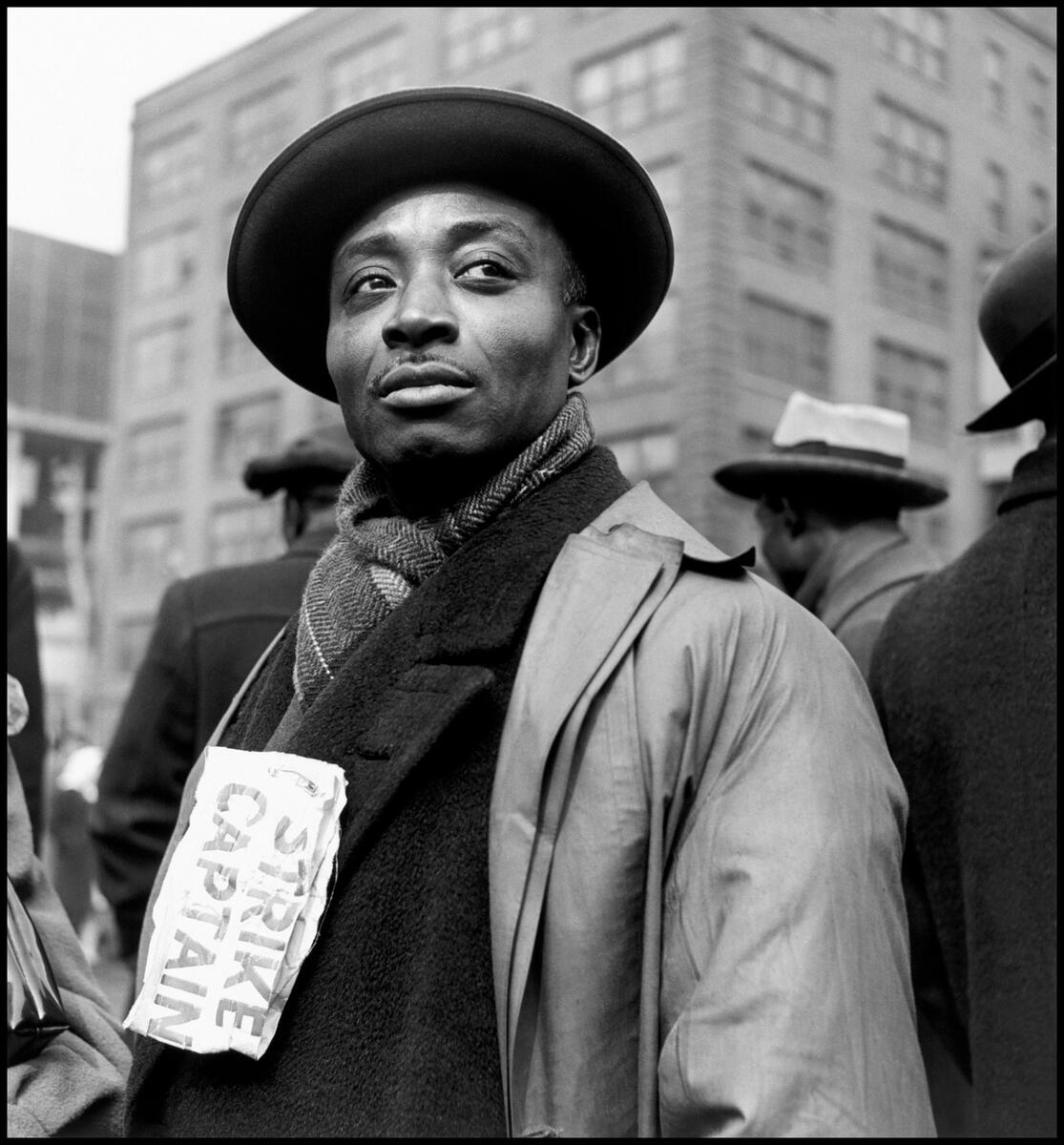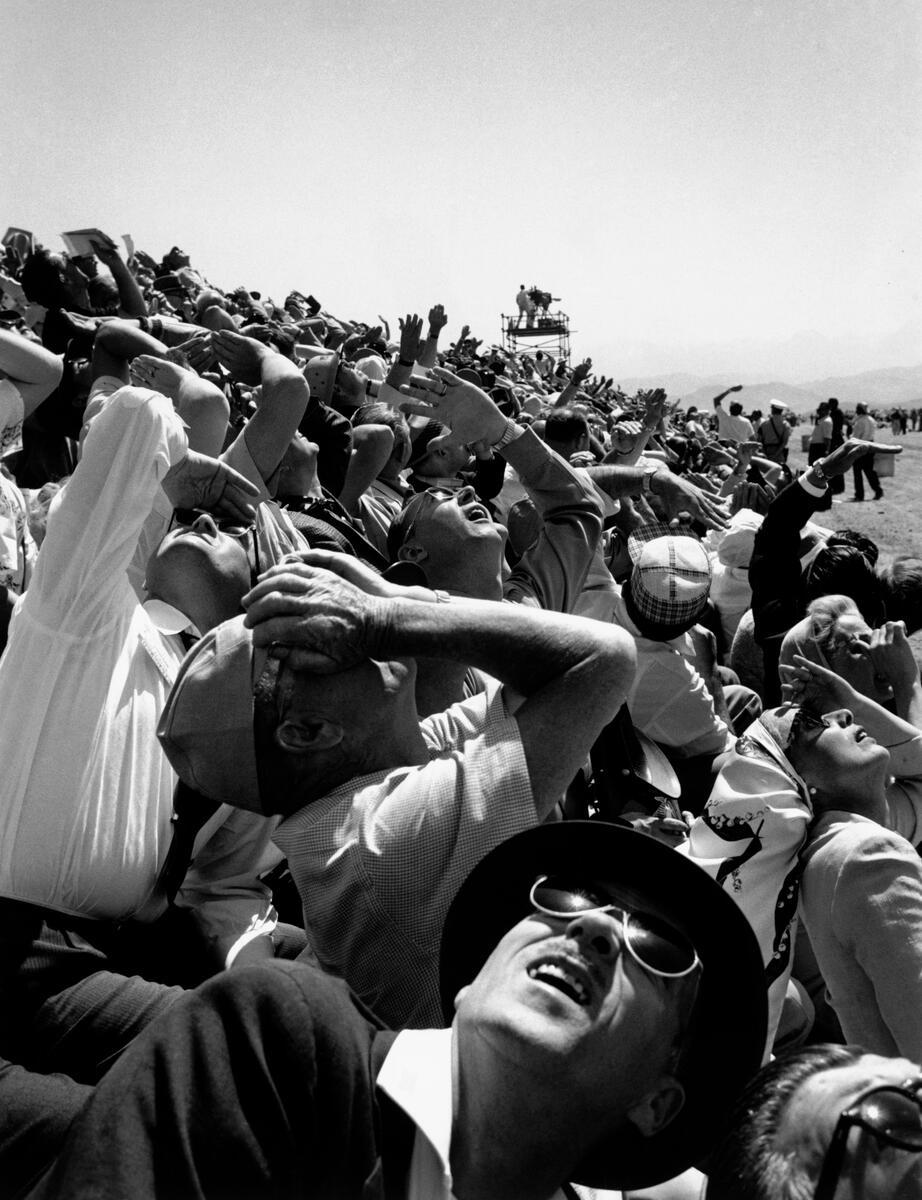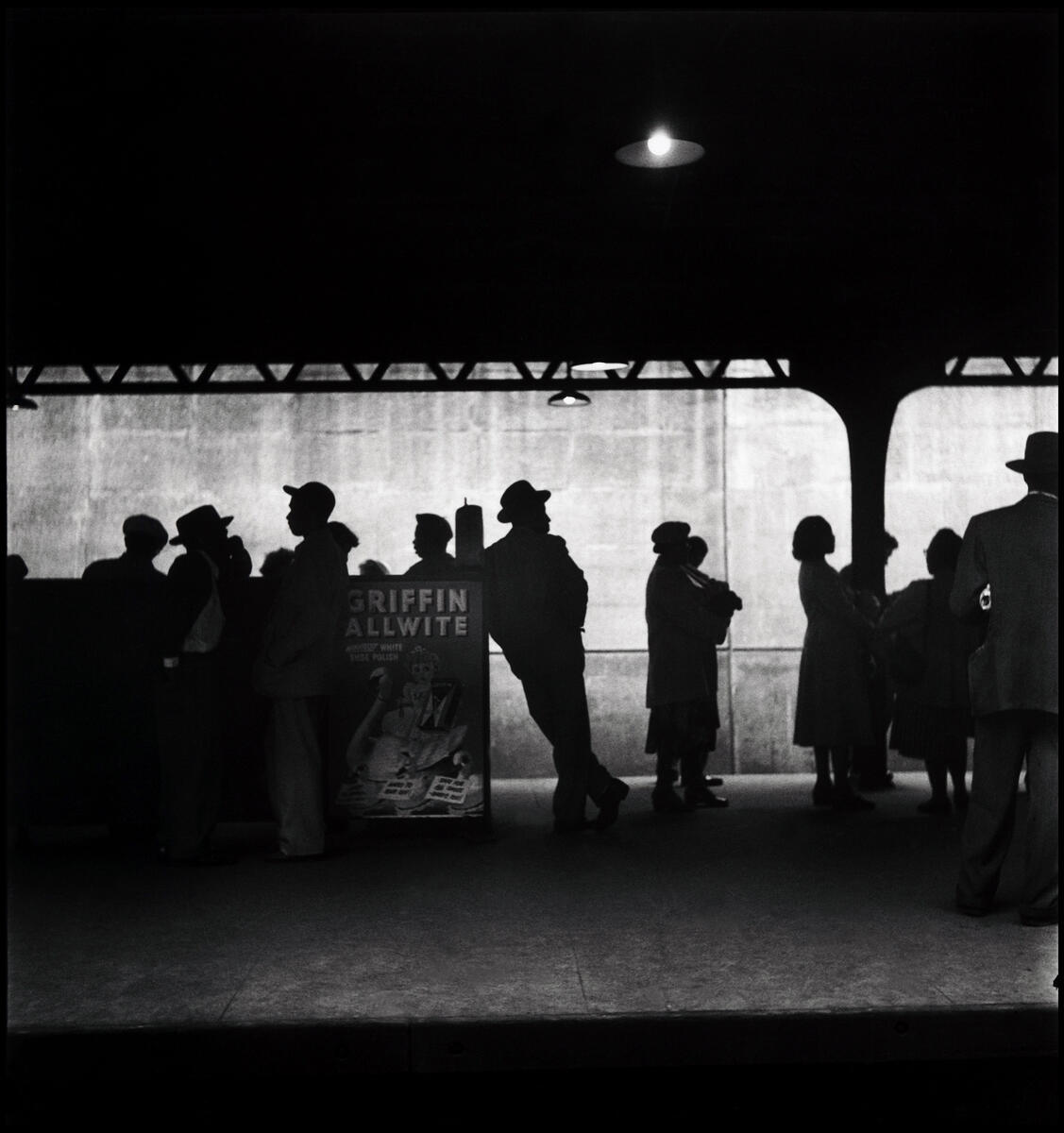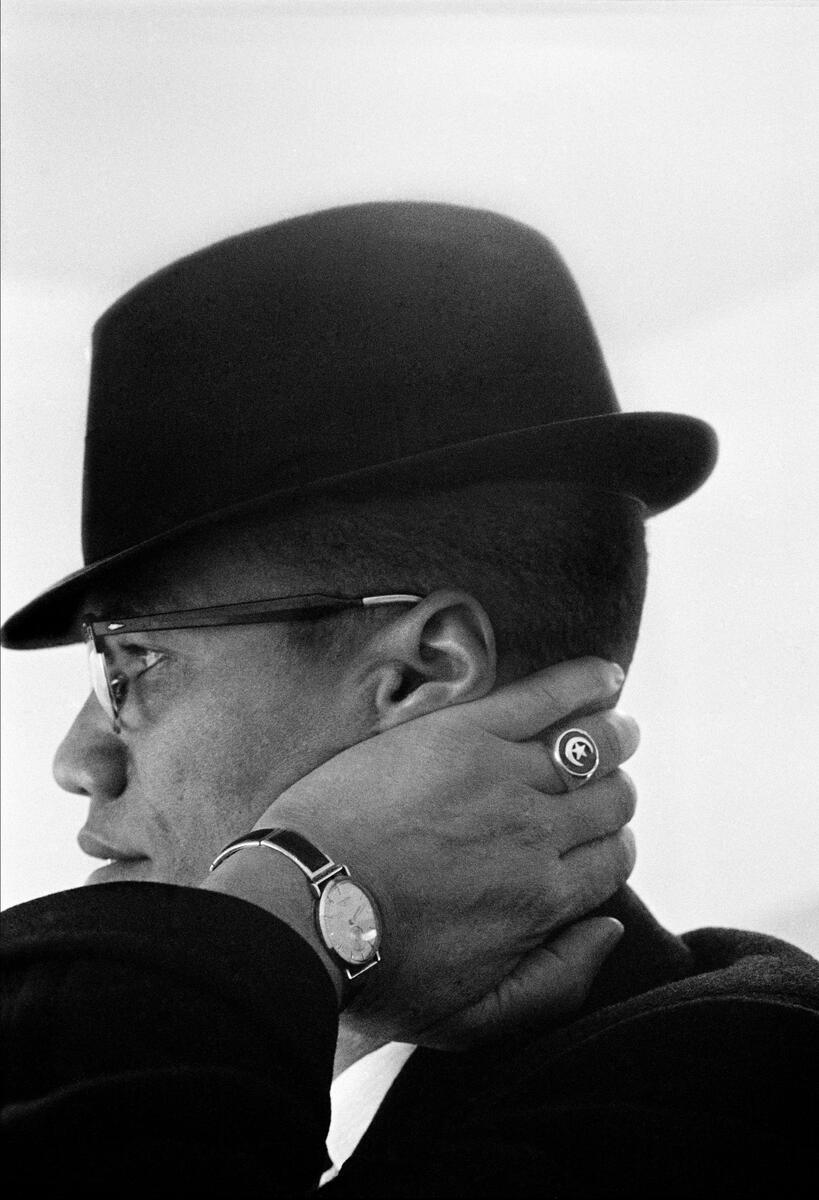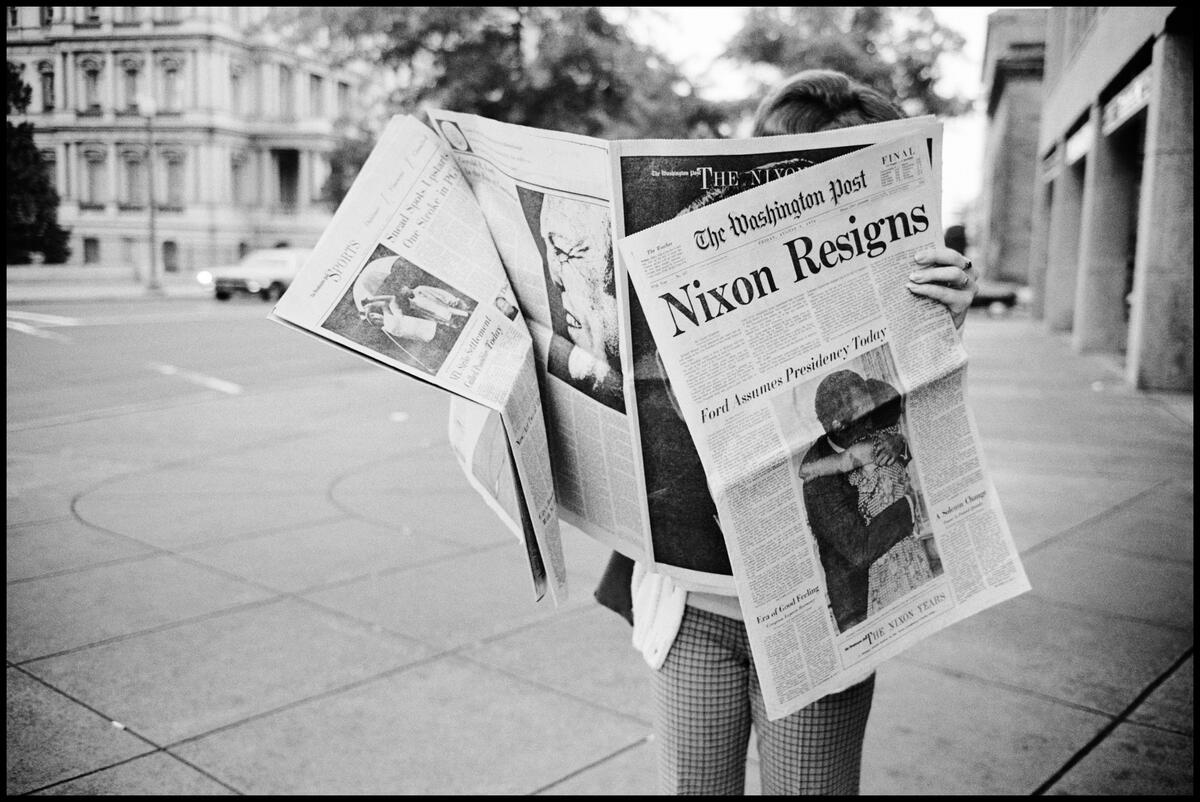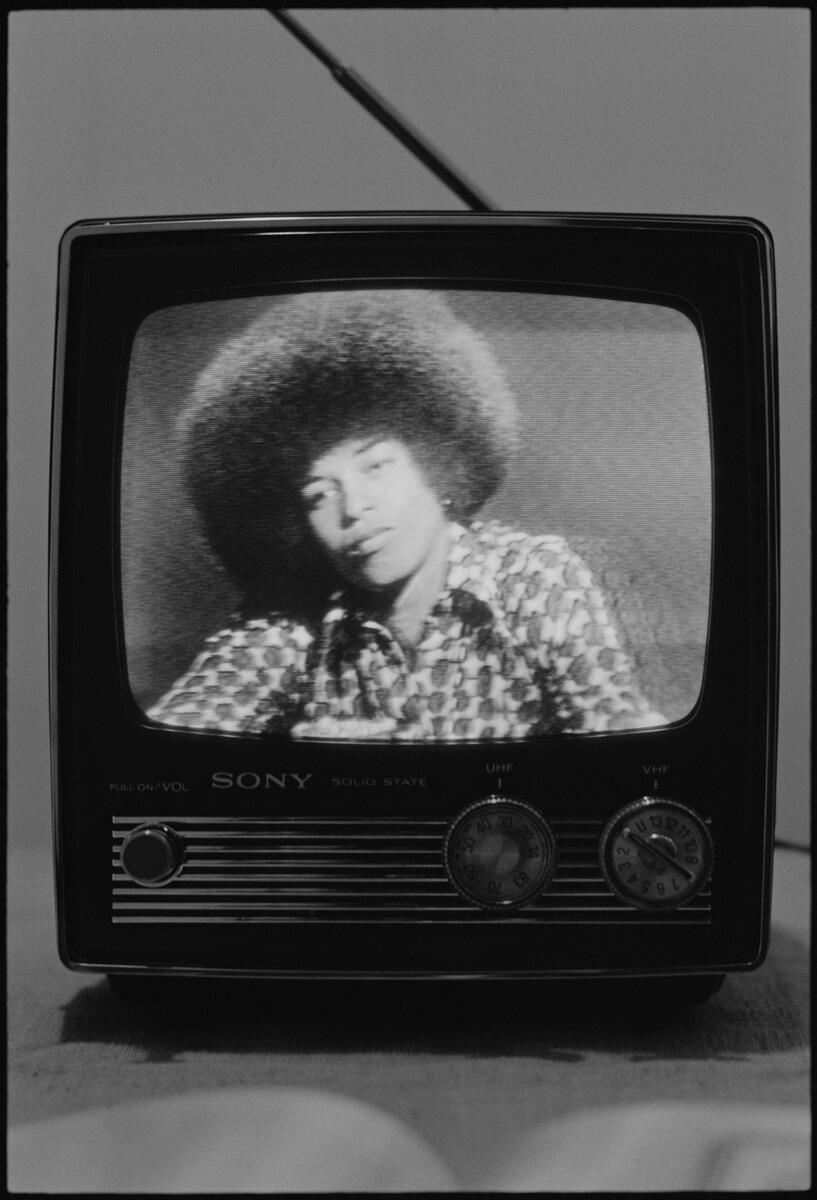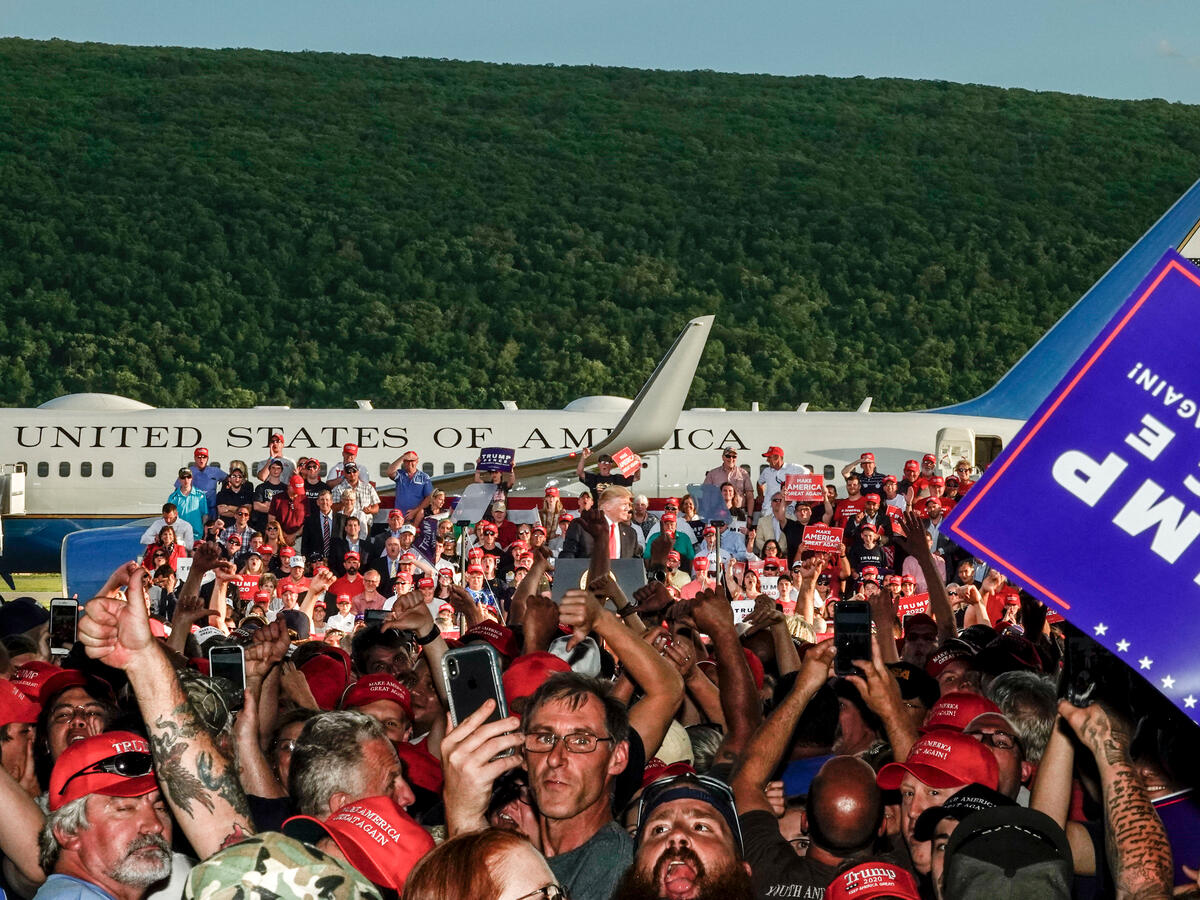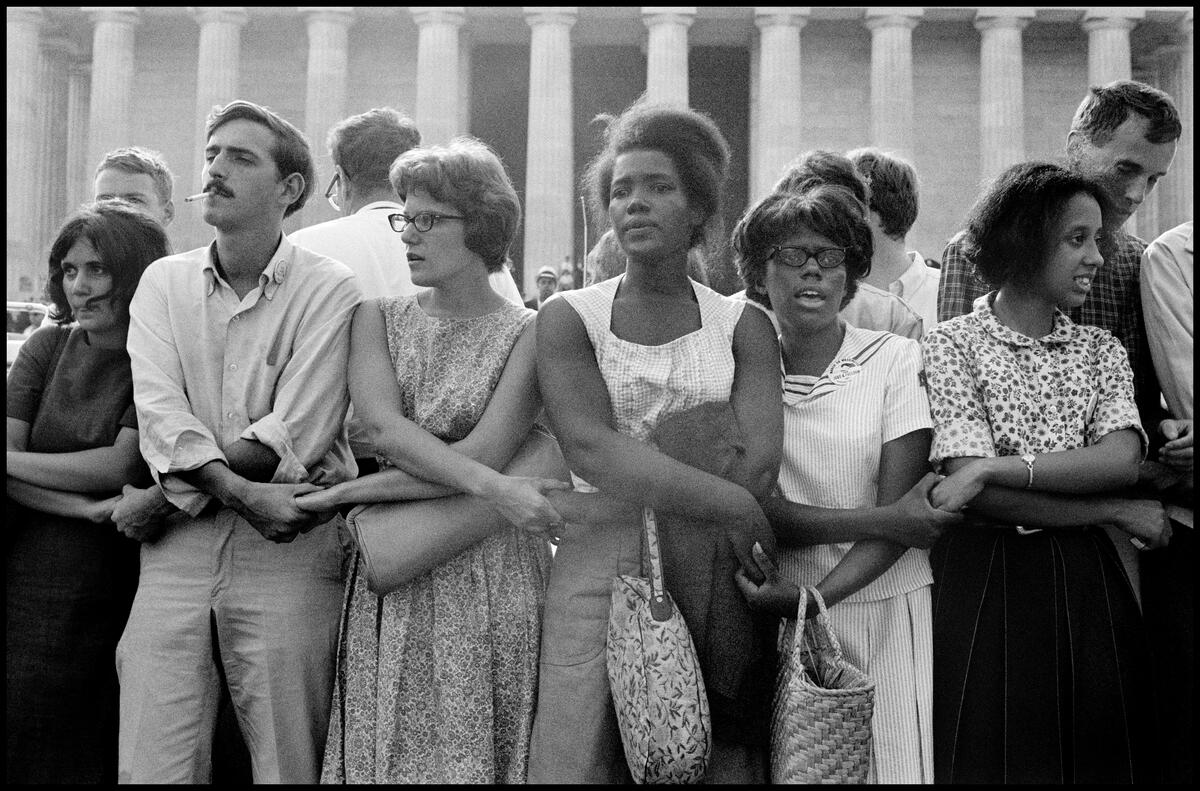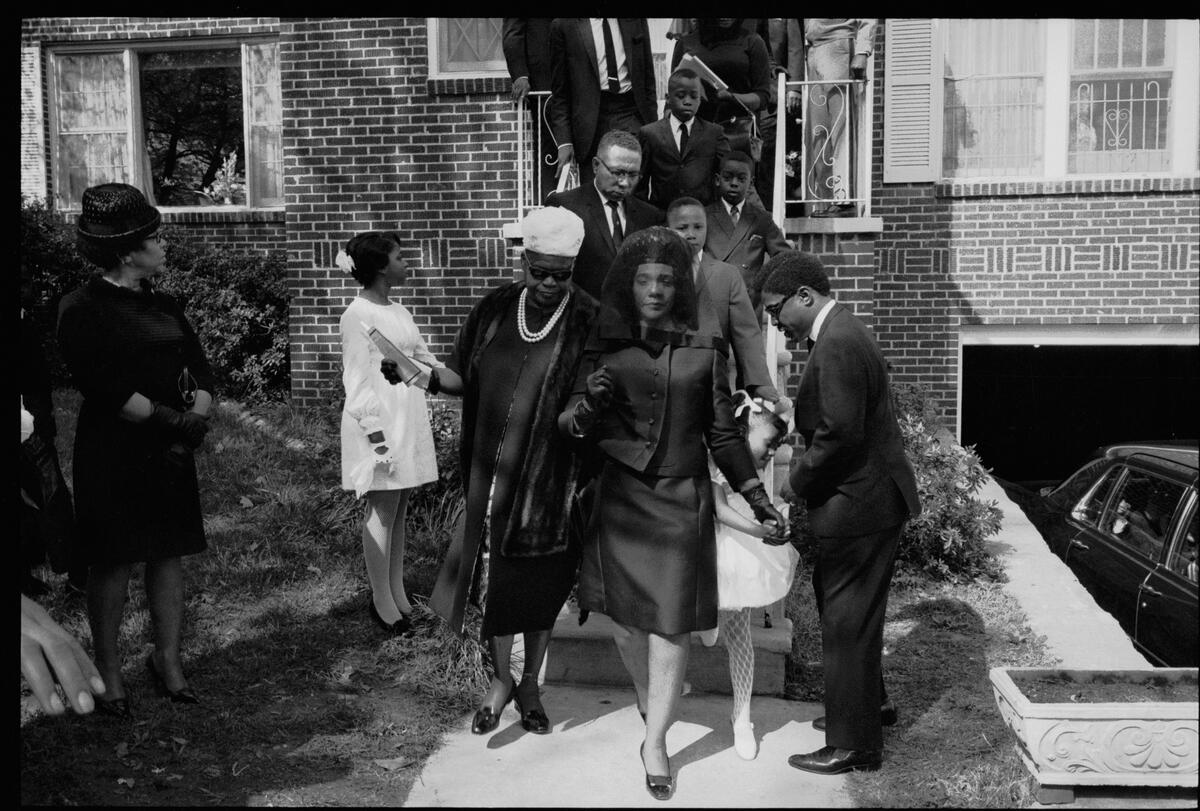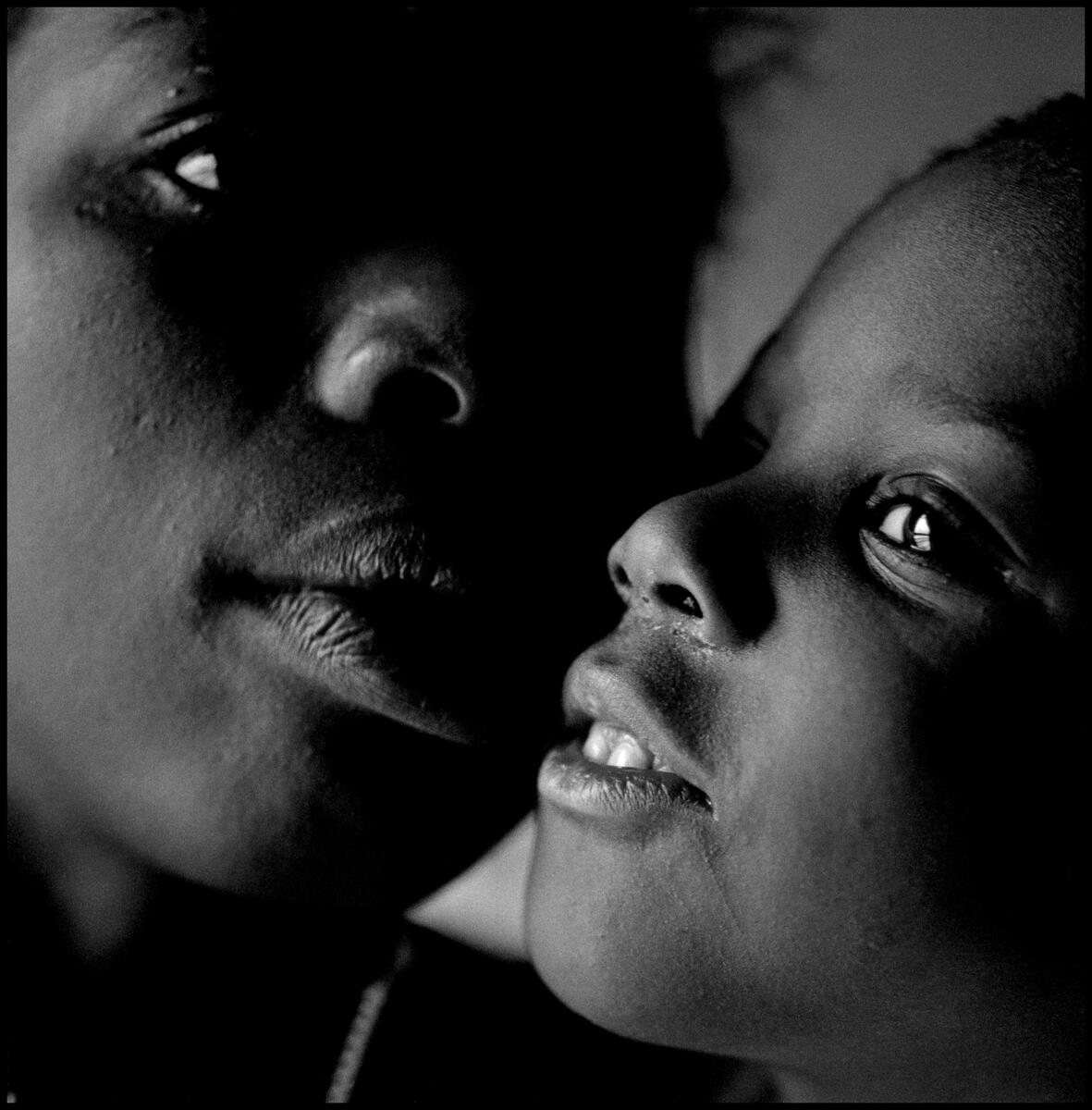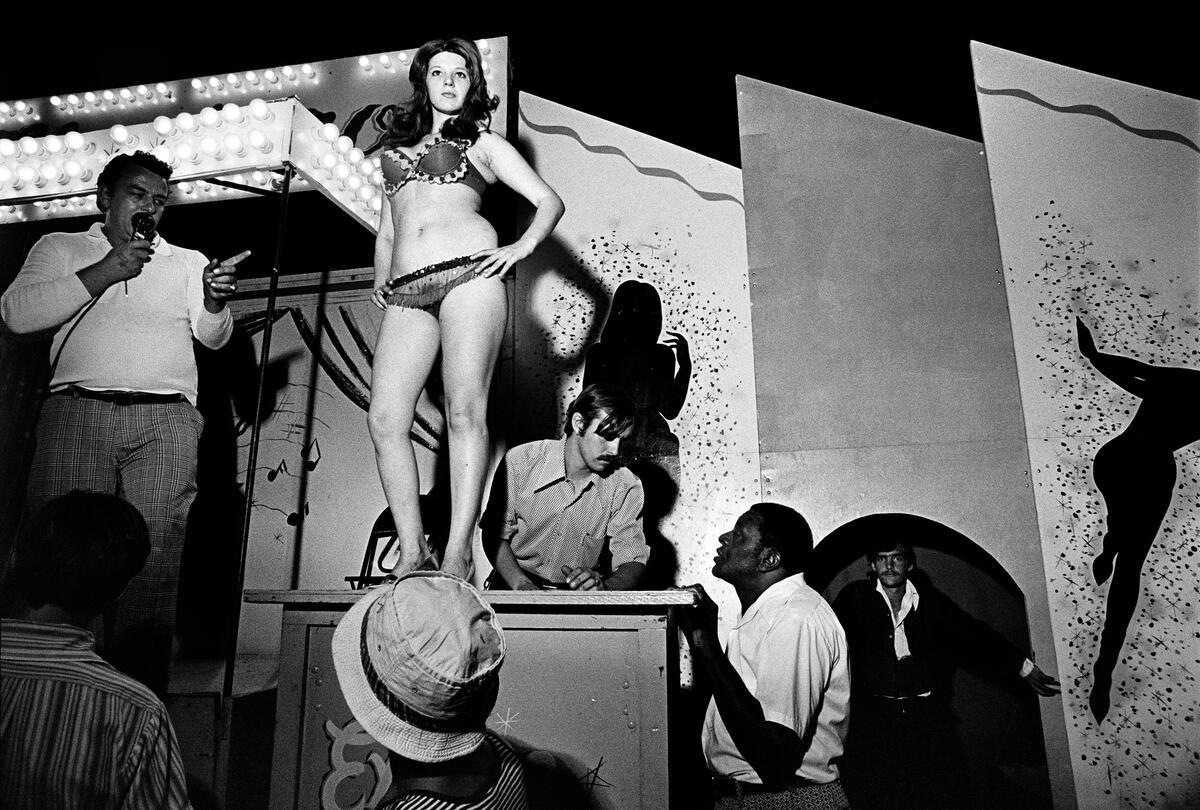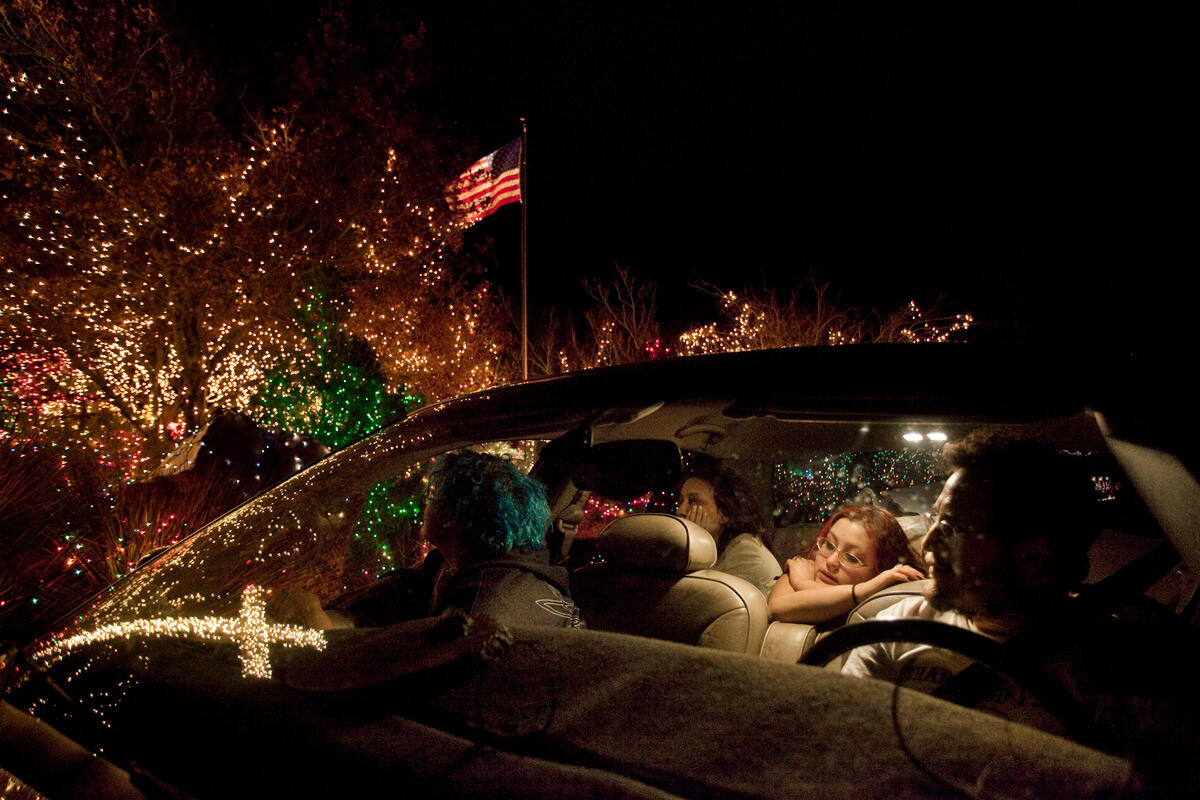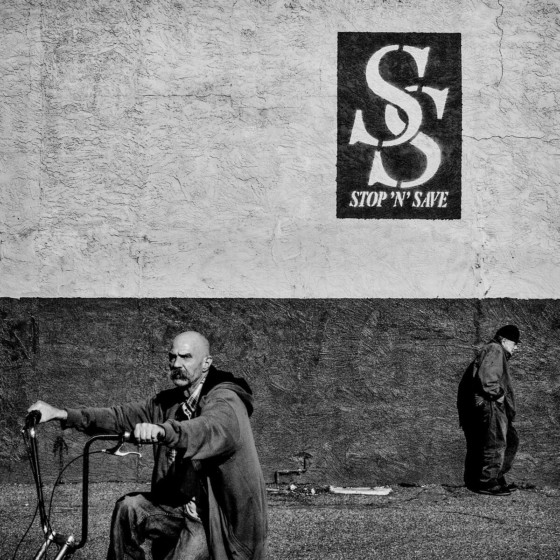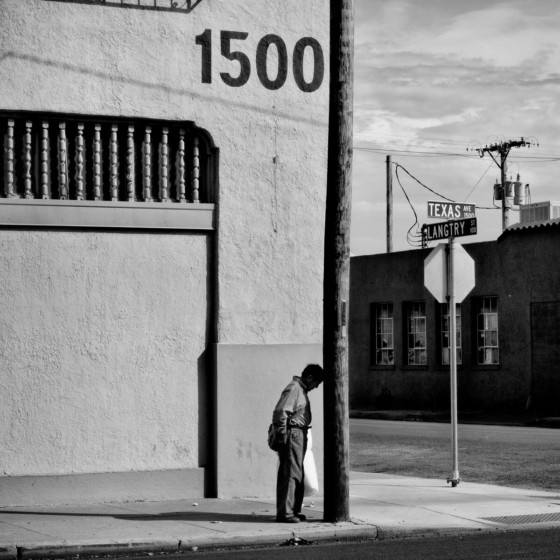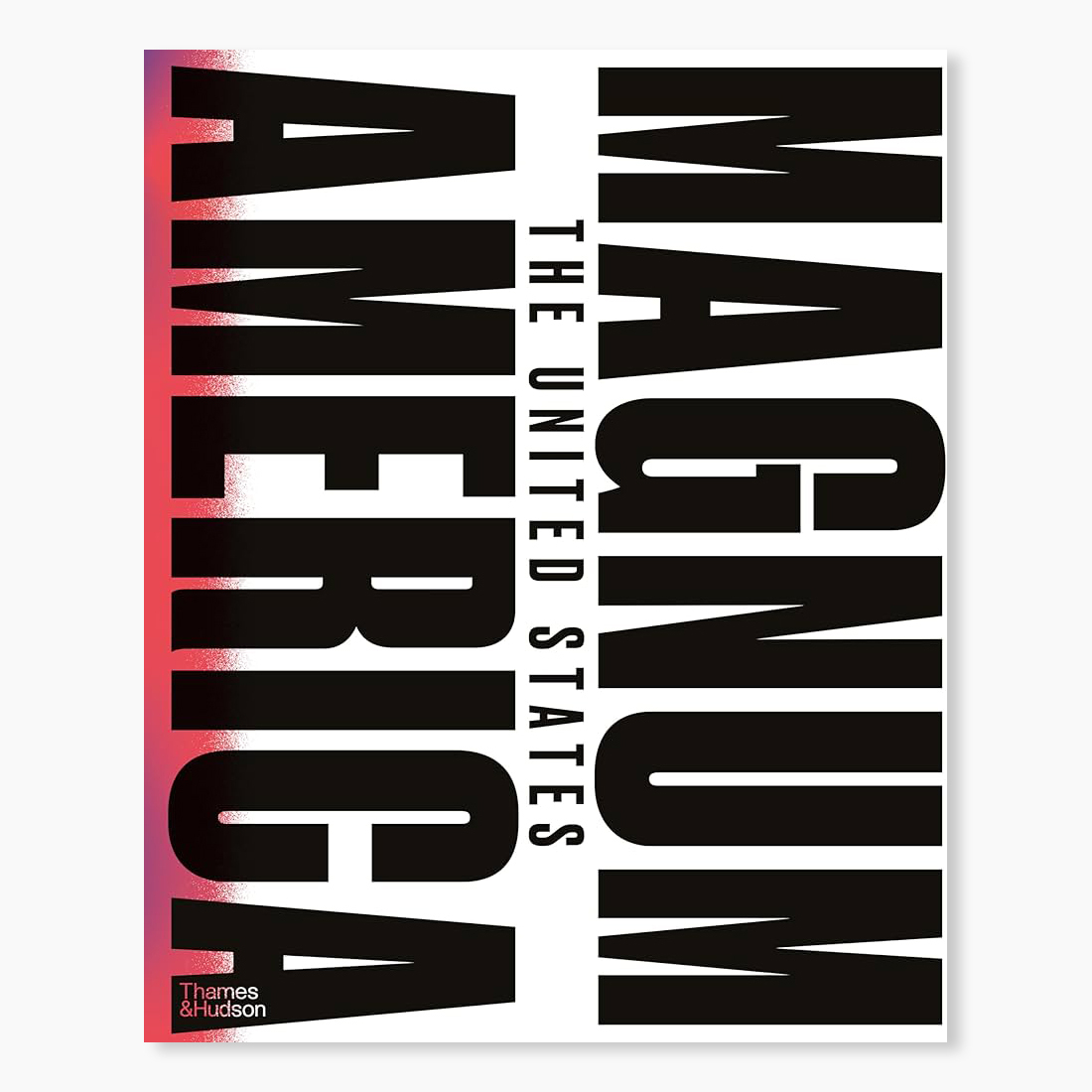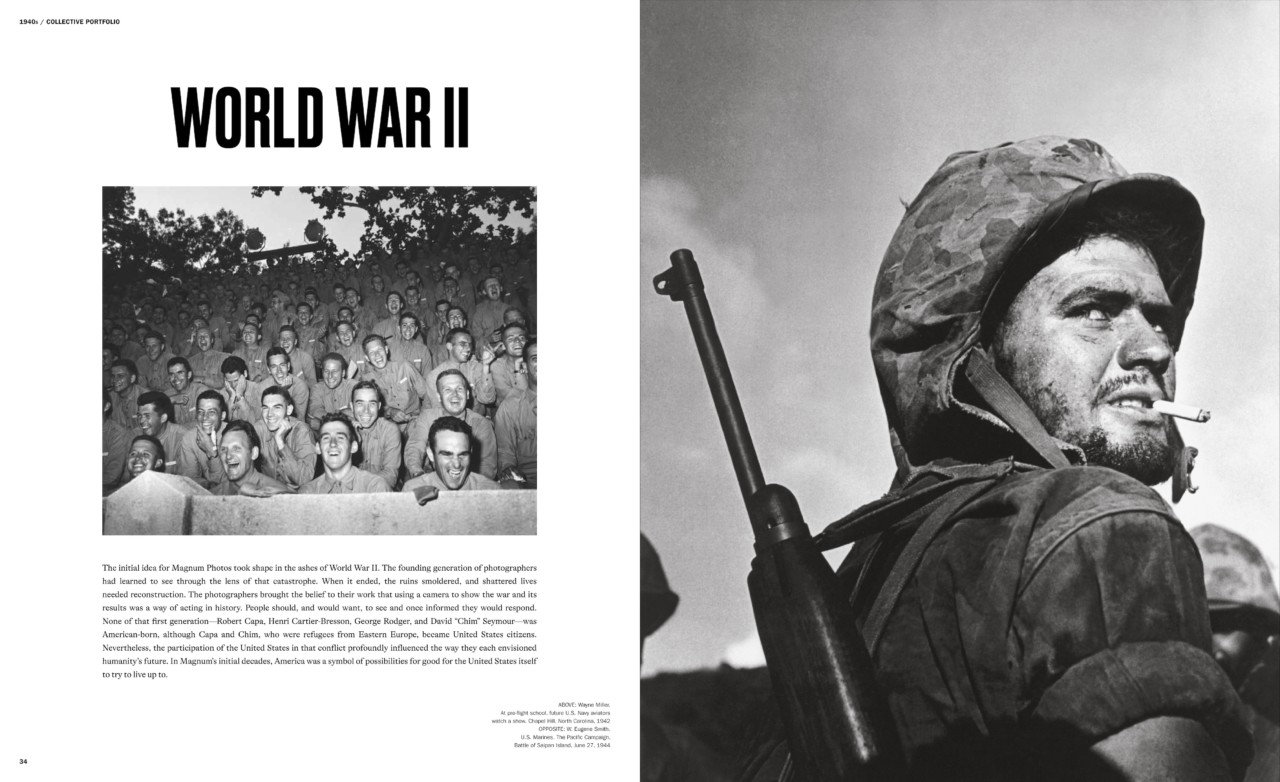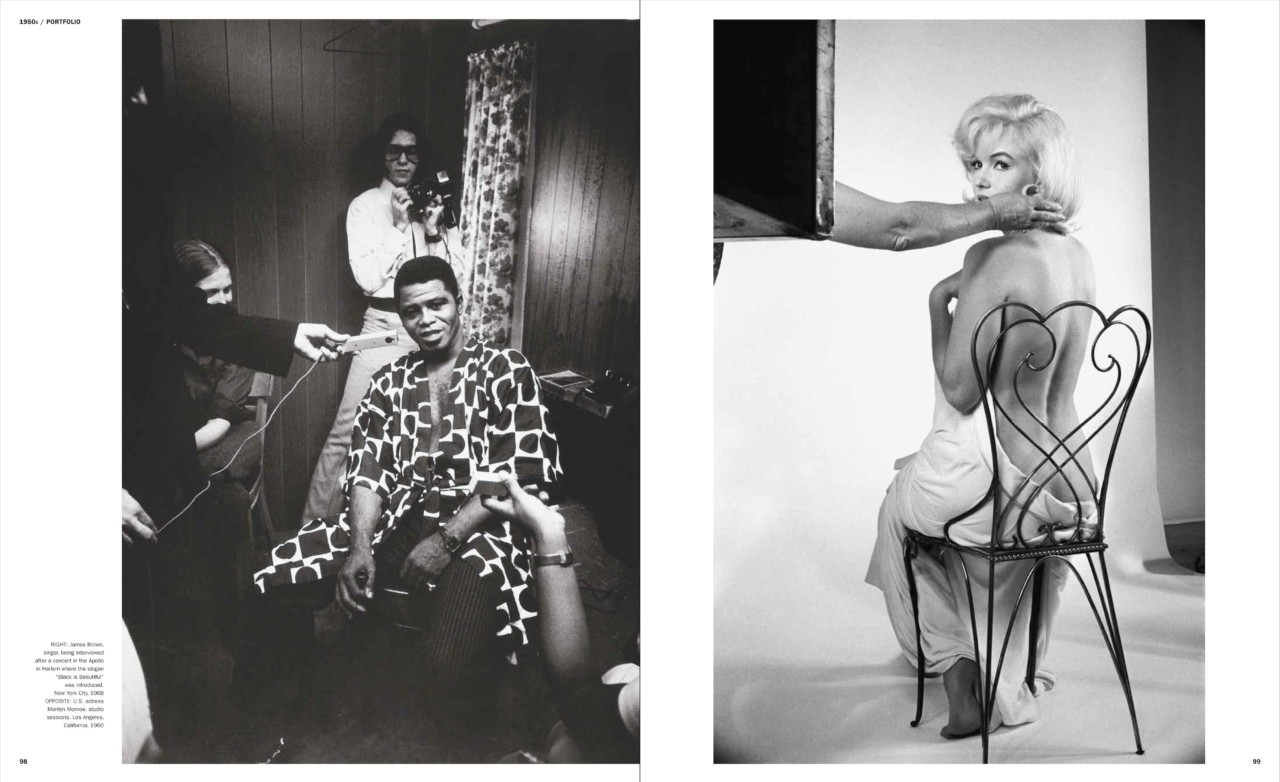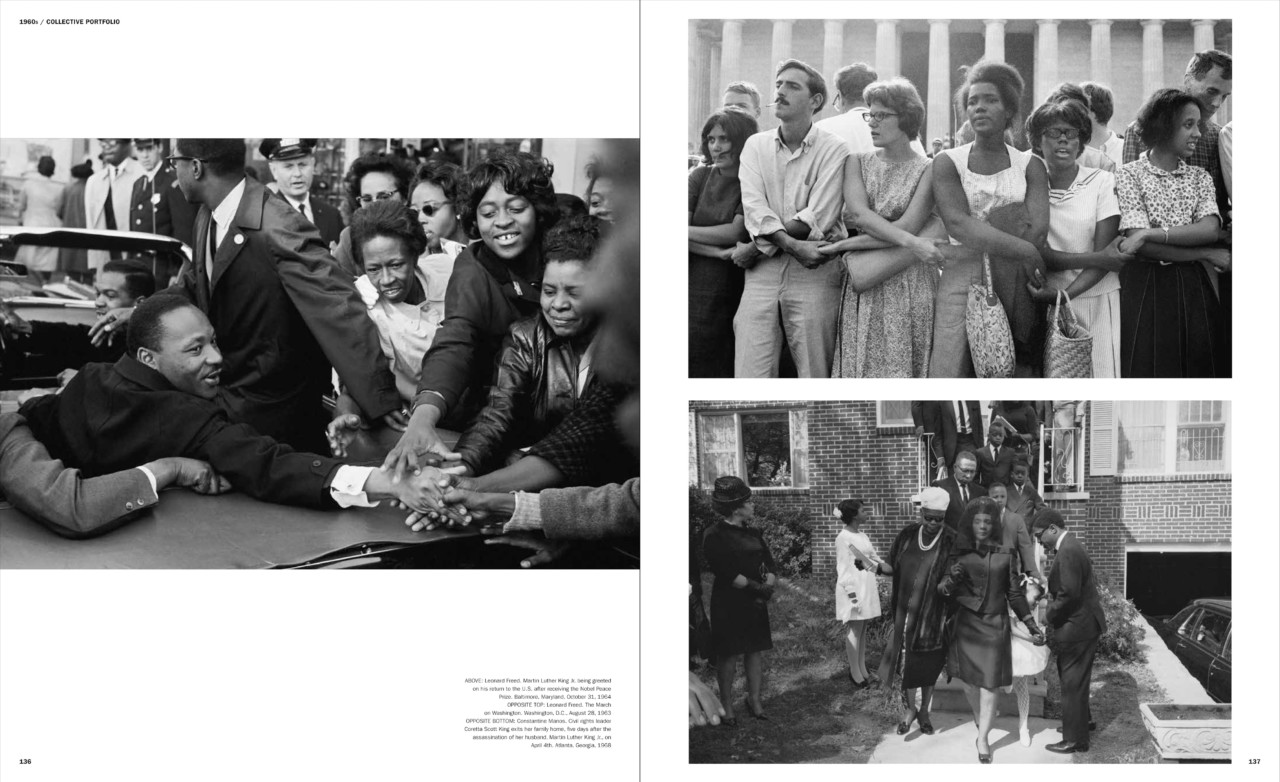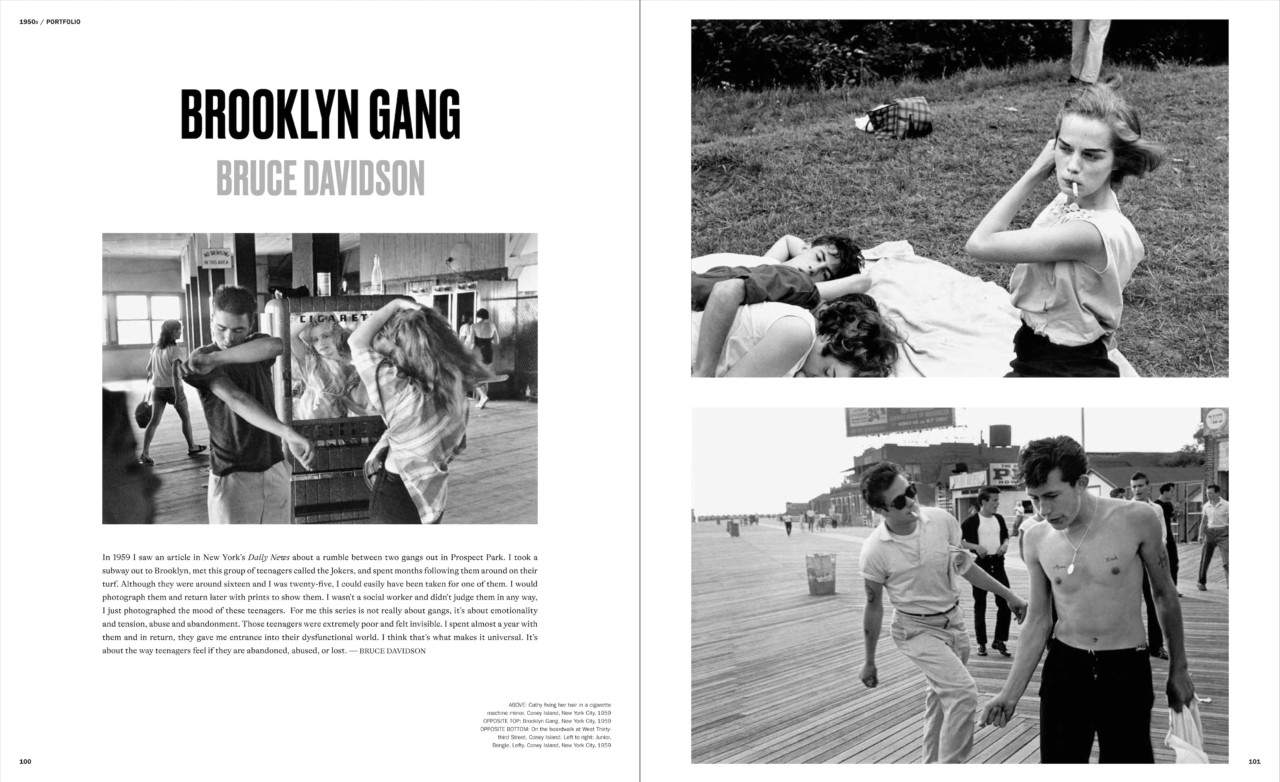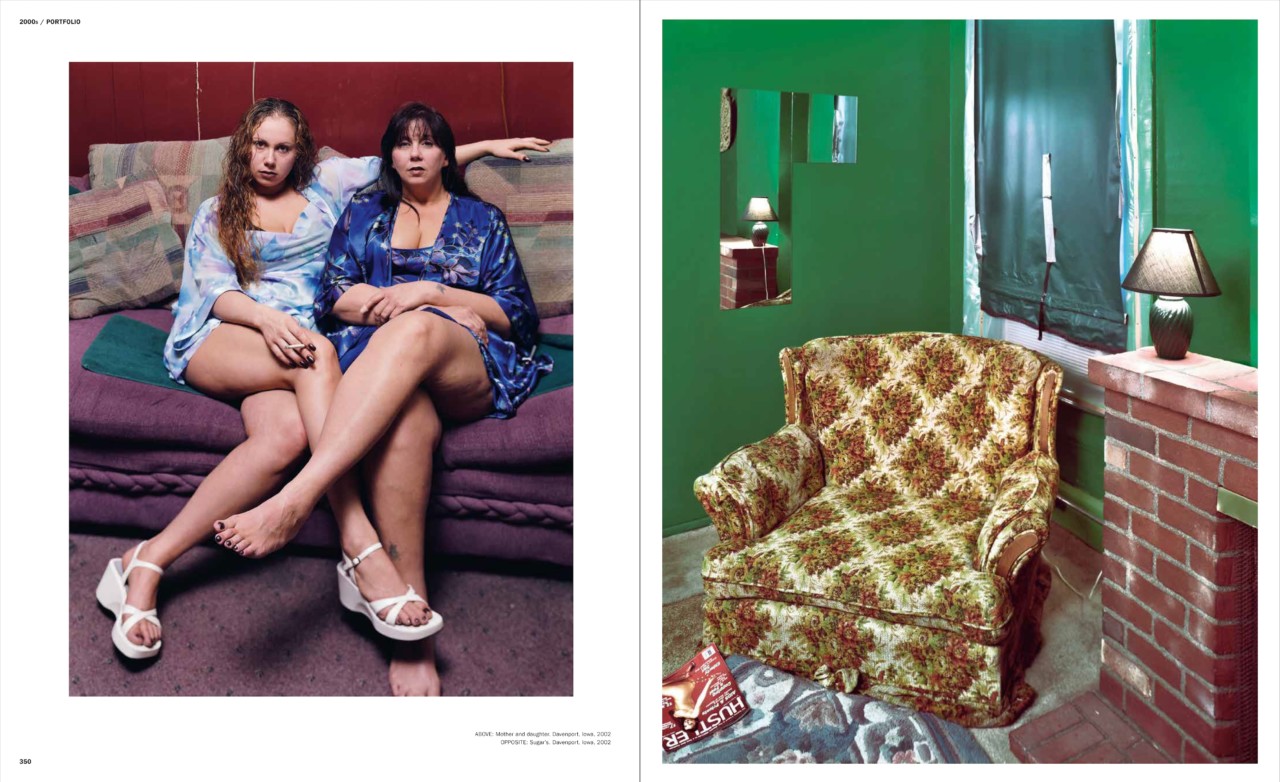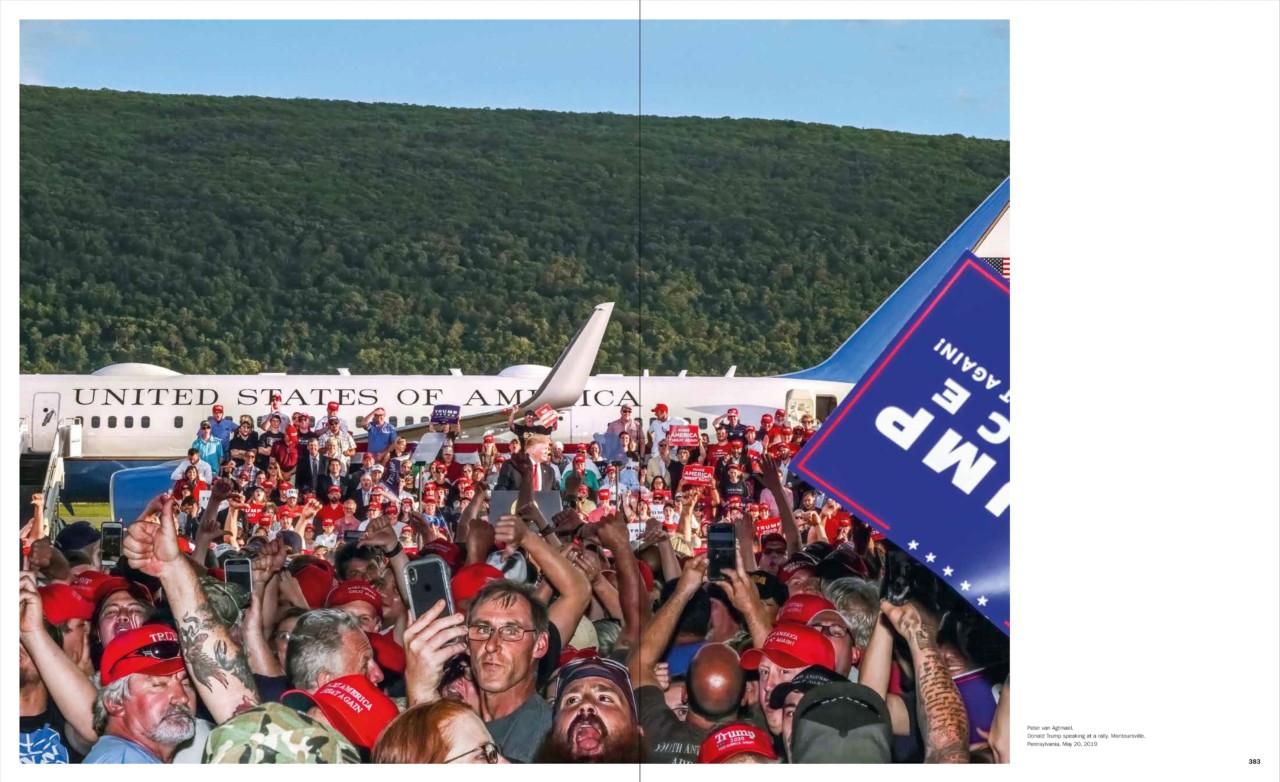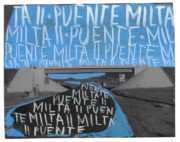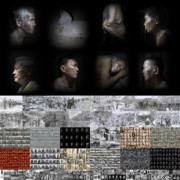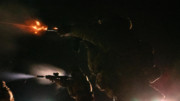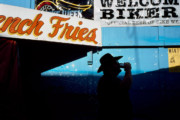What is “America”?
Magnum America, published by Thames & Hudson, seeks to unpack the myth and mystery of the United States as seen through the Magnum archive
“In the back of my mind, I’ve always wanted to make a book about the agency,” writes Peter van Agtmael, co-author of the new book Magnum America. “We are a group who rigidly preserve our individuality, but my passion for Magnum has always come from what we are when all the divergent pieces are plugged together.”
Under the search string “United States” in the Magnum archive, Van Agtmael found a total of 227,450 images. Together with writer, curator, and scholar Laura Wexler, the two set about on the colossal task of putting together a book about the United States of America, as seen through the Magnum archive. “Editing this book was a revelation,” he writes. “I found thousands of extraordinary pictures I’d never seen before.”
Published by Thames & Hudson this fall, Magnum America brings together 600 images from that original figure of 227,450 and features the work of more than 80 Magnum photographers through collective and original portfolios. Despite its chronological approach, it is not specifically a “visual history” of the United States, but rather a collection of stories that together seek to unpack the myth and mystery of the country, exploring questions of American history, culture, identity, and its impact and influence across the globe. “This book is told as a chronology and history, but it is by no means comprehensive,” writes Van Agtmael.
Designed by Yolanda Cuomo, the book is arranged into decade-by-decade chapters from the 1940s to the present day, each chapter containing a timeline that traces key moments and movements in American history from that decade. In the 1970s, we see the Watergate trial, the 1973 Oil Crisis, the United States withdrawal from Vietnam, the rise of color TV, and key figures such as Angela Davis, Noam Chomsky, George Lucas, Leonard Bernstein — a snapshot of each decade put together through the lens of retrospect.
Co-authors Peter van Agtmael and Laura Wexler are joined by a host of nine further scholars, writers, and poets, who contribute an introduction to each decade, widening the discourse to include different narratives and perspectives in response to the images selected from the archive.
“Magnum’s American pictures in the 1940s created visual proofs of some of America’s most enduring myths. The same myths, however, also signified the trajectory of the American century,” writes poet, scholar and curator Charlie Samuya Veric in the first chapter. “The 1940s not only connected but also prefigured the powerful cultural conflicts over gender, race, and nation that continue to constitute America today.”
Fast forward 70 years, and “a sunburned shot of dozens of Make America Great Again (MAGA) supporters at an outdoor Trump rally screams at me on page 382,” writes author Karla Cornejo Villavincenio in the penultimate chapter, which focuses on the 2010s. “You can clearly see the faces of the people in the crowd, and I look closely at their faces, wondering why they hate me…”
“The endless red hats thirst for the camera,” she continues, “to say nothing of the man who inspires them, and the subjects of the photograph hold up their phones to record themselves recording and being recorded. It is a still image of a theatrical performance that continues to this day.”
In addition to the timelines for each decade, five collective portfolios deep dive into key turning points in American history and politics, from World War II in the 40s through to September 11 and the U.S.’s Global War on Terror in the early 2000s, documenting not only the American domestic perspective, but also the harsh realities in Iraq and Afghanistan, and the devastation left behind.
In the 60s, a portfolio of work from Magnum photographers around the Civil Rights Movement is presented. Moments of hope and solidarity lie in stark contrast to moments of violence and mourning. Leonard Freed’s shot of participants at the March on Washington in 1963 is followed by an image of the dark days following the assassination of Martin Luther King Jr in 1968, captured by Constantine Manos.
Next to the collective portfolio is an individual one, from Ernest Cole, who had settled in New York following the publication of his 1967 book, House of Bondage, and consequent exile from South Africa. Here, his vision lies beyond the history and the politics, focusing his vision instead on the people. “He was not only interested in capturing the brutal realities of systematic racism, but also aimed to shine a light on those who dreamed of better futures,” the co-authors write.
In the 1990s, we see images from Eli Reed’s groundbreaking Black in America project. “My approach to documentary photography has always been to honestly work with the hopes, dreams, and the ongoing reality of the photograph’s subjects,” says Reed, a similar hope emanating from the images that Cole shot 30 years earlier.
The addition of individual portfolios highlights the more intimate stories and assignments, presenting the different visions and voices from within the cooperative. In a sense, the book also traces the evolutions of Magnum itself, from its six founding members to a cooperative of nearly 100 members, past and present, as well as the changes in photography and photojournalism over the past 80 years. “As more Americans and new generations of photographers have joined the organization, the diversity of makers and subjects has grown, and a focus has emerged toward documenting private lives and interior realities alongside war and public struggles,” the co-authors write in the book’s introduction — a shift very much visible in the visual timeline presented here.
And yet despite this plurality of perspective, certain parallels run through its pages. In the chapter on the 1950s, the lost teenagers of Bruce Davidson’s Brooklyn Gang stare out at us, unaged and unchanged. 186 pages later, in the 1990s, we observe the faces and thoughts of the runaway protagonists in Jim Goldberg’s Raised by Wolves, made in the streets of San Francisco and Los Angeles. From Susan Meiselas’ intimate portrayal of carnival strippers in the 1970s, to Bieke Depoorter’s glance behind closed doors in the intimate I Am About to Call it a Day from 2010 to 2014, we see how Magnum photographers have been able to integrate themselves into intimate moods and moments within pockets of the American population over the decades, immortalizing the everyday lives of ordinary people for generations to come.
And while individual portfolios from Alec Soth, Gregory Halpern, Matt Black and Carolyn Drake examine places and cultural landscapes closer to home, Mark Power’s mammoth Good Morning, America series, or Hurn’s Arizona Trip, explore the United States from external points of view, showing a real melting pot of individual perspectives within the collective.
“…As an American historian, I have endlessly sought to uncover and describe the ongoing hopes for a better future of the proximate past that lines our photo archives,” Wexler writes in the editor’s notes. “What did the picture makers mean to convey? Why was it important to them to try? Why is it so important for us to look? Why do we need to question what we are NOT seeing?”
And while Magnum America provides no concrete or succinct answer to the overarching question of what is “America”, it instead allows us to dive into the political and cultural records that contribute to a vision of it, presenting us instead with enough material and retrospect to question what the nation means to us today, as it once again stands at the crossroads of history.
Copies of “Magnum America: The United States” are now available to pre-order on the Magnum Shop.
Magnum America includes an introductory essay by Laura Wexler and computational analysis and data visualization by Lauren Tilton and Taylor Arnold.


